12 Tricks You’ll Learn In Culinary School That Can Be Used In Your Own Kitchen
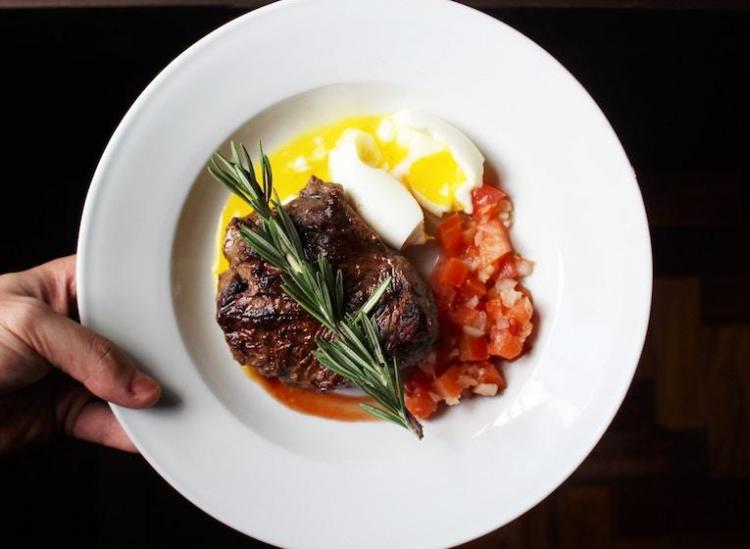
Unsplash
You don’t have to go to culinary school to become a chef. You can work your way up in a kitchen and learn as you go so long as you’re willing to put in the work. However, culinary school can speed up the entire process.
Your instructors will teach you how to break your bad habits and be hyper-aware of your surroundings before you even set foot in a big kitchen. You’ll learn how to trust yourself, too. And once you have a foundation of techniques and confidence, you can pretty much tackle any culinary challenge that crosses your path.
Here are the secrets they’ll teach you and how you can incorporate them into your own kitchen.
1. Mise en place.
When you work in the food industry, whether you’re in school or in a kitchen, you’ll hear the phrase “mise en place” more than anything else. This is French for “putting in place.” When you’re cooking, your life will be infinitely easier if you have everything you need in front of you before you get started.
Gather all of the utensils you’ll need, chop up all of your ingredients, trim up your meat and get yourself a landing pad, AKA a place to put your food as soon as it’s finished cooking. This way, you won’t have to frantically run around while you’re cooking and risk burning your food. Mise en place, everyone, mise en place.
2. Use your fingers to test for doneness.
After a ton of practice, chefs can tell if meat is cooked properly simply by touching it — no fancy thermometers or exact cooking times needed. Practice this yourself and you’ll be a pro in no time.
Here’s how to judge your meat based on touch: If you touch the part of your hand at the base your thumb — in between your thumb and wrist — this is what raw meat feels like. Press your thumb and pointer finger together to make an “okay” sign and feel the base of your thumb with your free hand. This is what rare meat feels like. Press your thumb and middle finger together and poke the same part of your thumb again. This is medium rare. Now touch your thumb to your ring finger. This is medium-well. Touch your thumb to your pinky, and the base of your thumb will feel like what meat feels like when it’s well-done.
3. Remember carryover cooking.
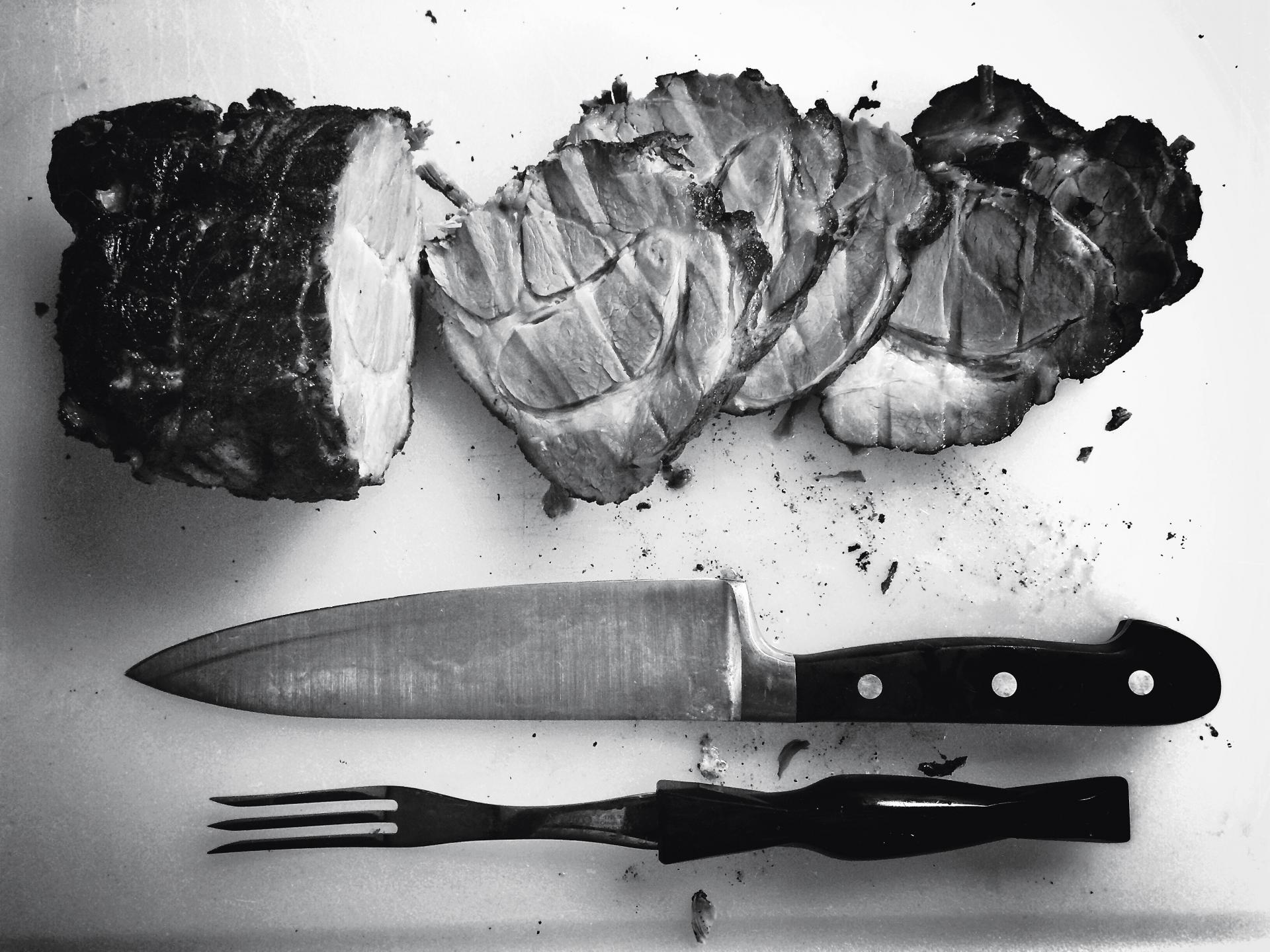
Unsplash
If you’re someone who is extra paranoid about under or overcooking meat, you should keep carryover cooking in mind. This is what happens when you remove a piece of food from the heat source and the part that was in contact with the pan retains heat afterward. A dense piece of meat will continue to cook while it’s sitting on a plate. If you like your meat medium-rare, you should take it off of the heat a little before you think it’s cooked so that it doesn’t end up overcooked by the time you’re ready to eat.
4. Don’t be afraid of salt.
One of the main differences between restaurant-quality food and home-cooked food is the amount of salt used. Seasoning something properly makes a huge difference. All diets aside, salt brings out the other flavors in your food. You know you’ve added enough salt when you take a bite and you feel that coating in your mouth that reminds you of your favorite comfort food. It’s called mouthfeel. Don’t be afraid of salt.
5. Sharp knives are safer.
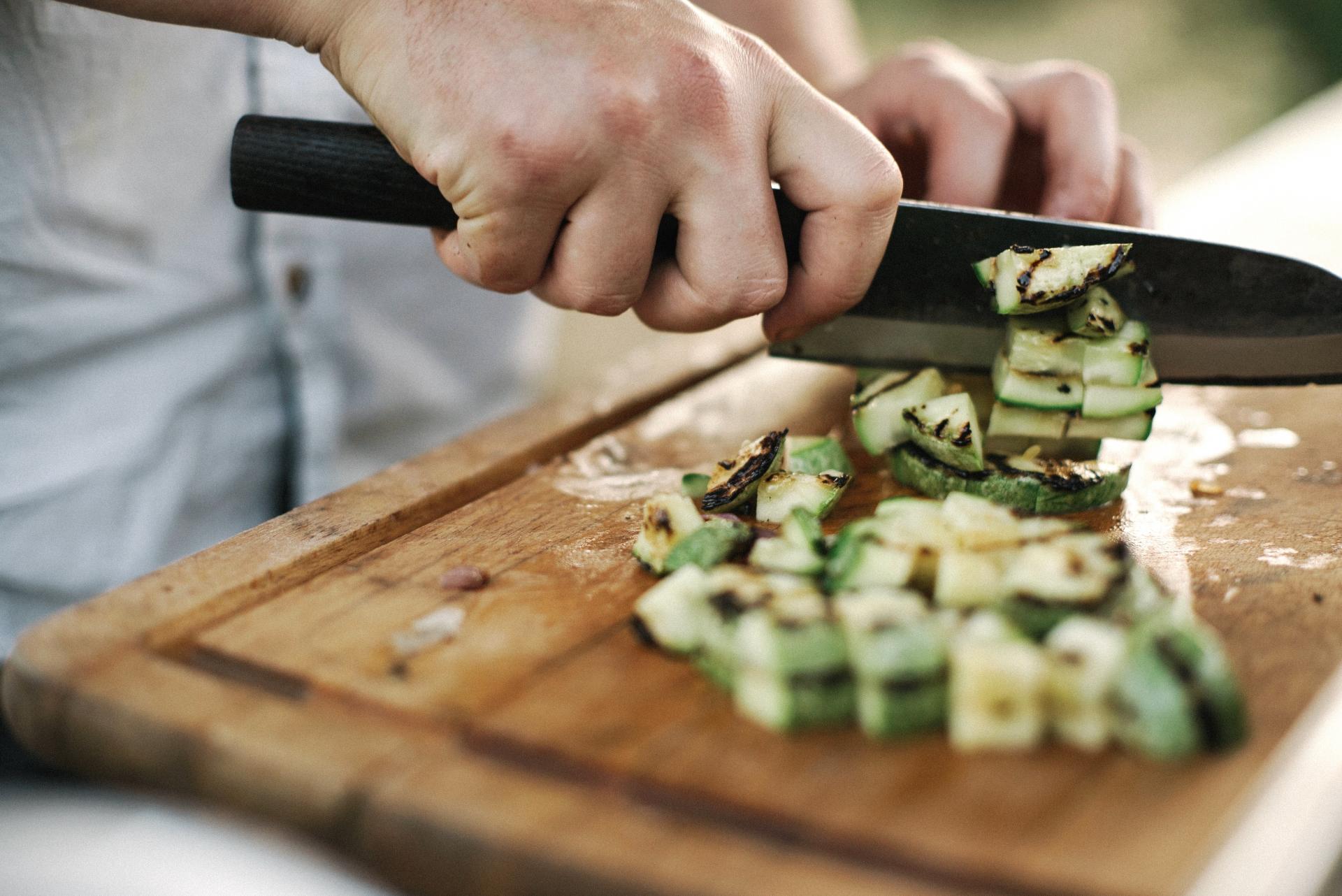
Unsplash
While sharpened knives might seem risky, they’re actually safer to cook with than dull knives. A sharp knife will glide through your food, while a dull knife might slip and cut you in the process.
6. Always heat your pan before you add oil.
Heat your pan and then add the oil. This is the best way to avoid food sticking to the pan. When you want to get a nice sear on something or achieve a golden brown color, turn the flame under your pan up to medium-high and let it heat up for about a minute or two. Now you’re good to swirl in your oil. When you tilt the pan, the oil should drip down in streaks. This is when you know it’s hot enough to cook.
7. Don’t fuss with your food.
If you want caramelization on your food, you should leave it alone. Let your veggies or protein sit in the pan for a few minutes before you move it around so that it can get some color. If you are constantly shaking the pan around, you’re not giving your food any kind of a chance to caramelize. And color means flavor.
8. Always taste as you go.
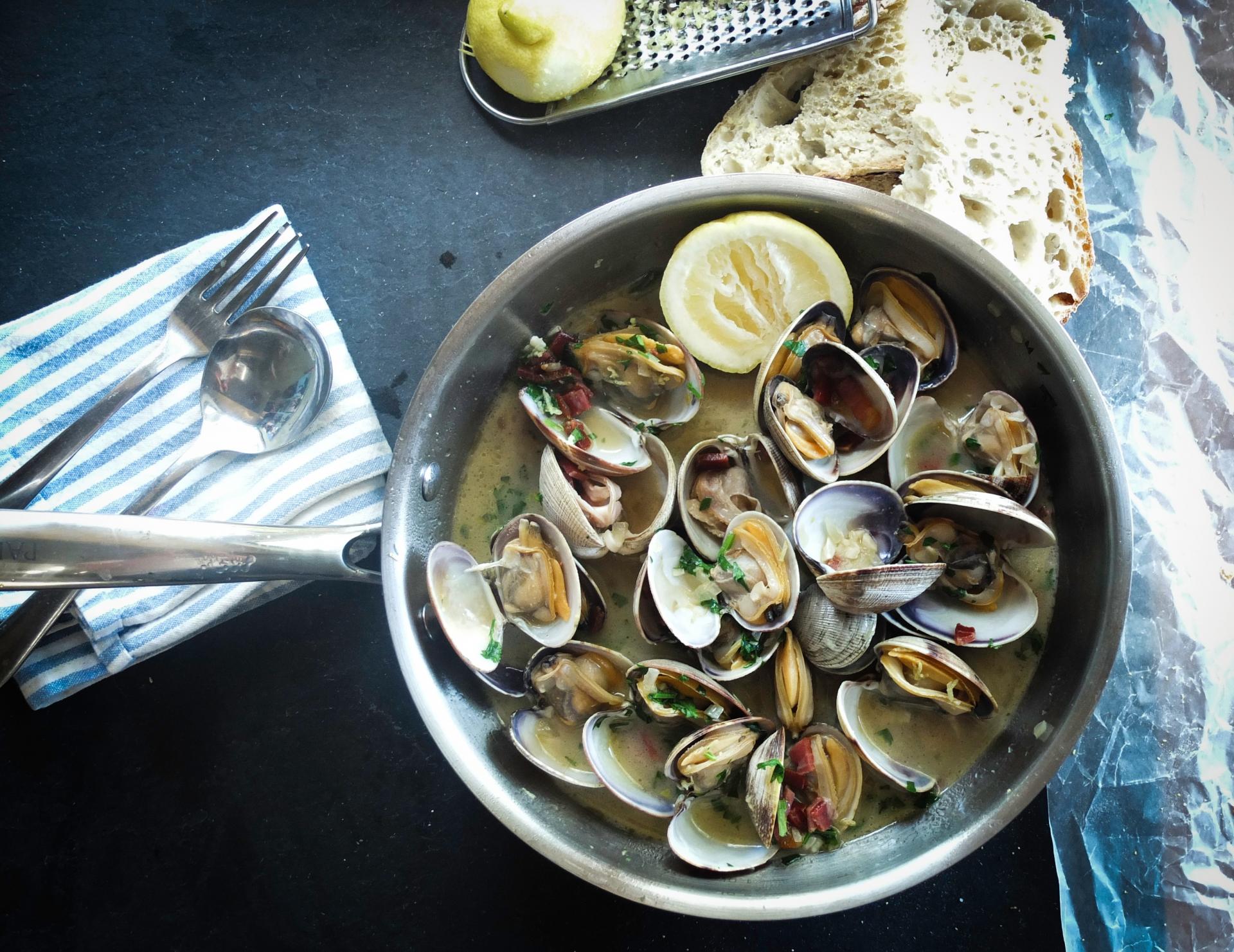
Unsplash
Even if you know a recipe by heart, it’s always good to taste as you go. After you add any salt or seasonings, taste your food. After you add wine or any extra liquid, taste your food. Keep tasting and seasoning your food as you go, especially with soups and stews. By tasting as you go, you can let your food absorb all of these flavors throughout the cooking process instead of throwing in a bunch of salt and spices in right at the end.
9. Blanch and shock.
If you’ve ever wondered how chefs manage to cook everything so quickly and perfectly, it’s because they blanch and shock. This means you throw your vegetables into a pot of salted boiling water for a few minutes and then immediately throw them into a bowl of iced water. Blanching helps to bring out the bright colors of your vegetables while also precooking them.
The shocking part puts a hard stop to the cooking process and helps retain that vibrant color. You can do this ahead of time so that when it’s time for dinner all you need to do is throw the veggies into a sauté pan for a few minutes for a little heat.
10. Have an order of operations.
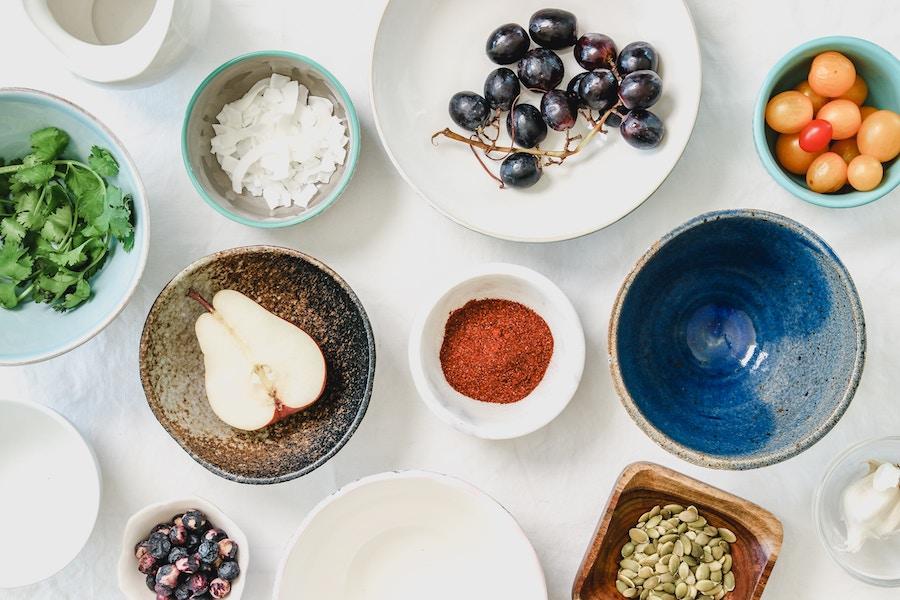
Unsplash
The best way to avoid becoming flustered in the kitchen is to have an order of operations. Make a list for yourself. Maybe you should put a pot of water on to boil first, then trim up your meat and then peel and chop all of your veggies. Think about the part of your meal that will take you the longest to cook and do that first. Vegetables that will take 10 minutes or less to cook can be made towards the end. This way, everything is hot when you’re ready to eat.
11. Nothing rivals butter.
You learn pretty quickly that nothing is better than butter. There’s a reason restaurant food tastes so delicious — butter, butter and more butter. We’re not talking fake butter or low-fat butter here, either. We’re talking real butter. You can experiment with other types of healthier fat like coconut oil, but it’s true that nothing can compare to the creamy texture that comes from adding butter.
12. Use oil with a high smoke point.
Extra virgin olive oil might be healthier for you than other oils, but it’ll also make your food burn faster. You’ll want to choose oils with a higher smoke point that can withstand higher temperatures for a longer period of time. Go with canola, sunflower, grapeseed, ghee or peanut oil if you’re cooking your food at higher temps.
As long as you’re organized and patient when you need to be, cooking doesn’t have to be stressful at all.
RELATED
You Don’t Have To Be A Chef To Make Easy Homemade Pasta
How Do They Do It? Chefs Share Their Secret Weapons in the Kitchen











